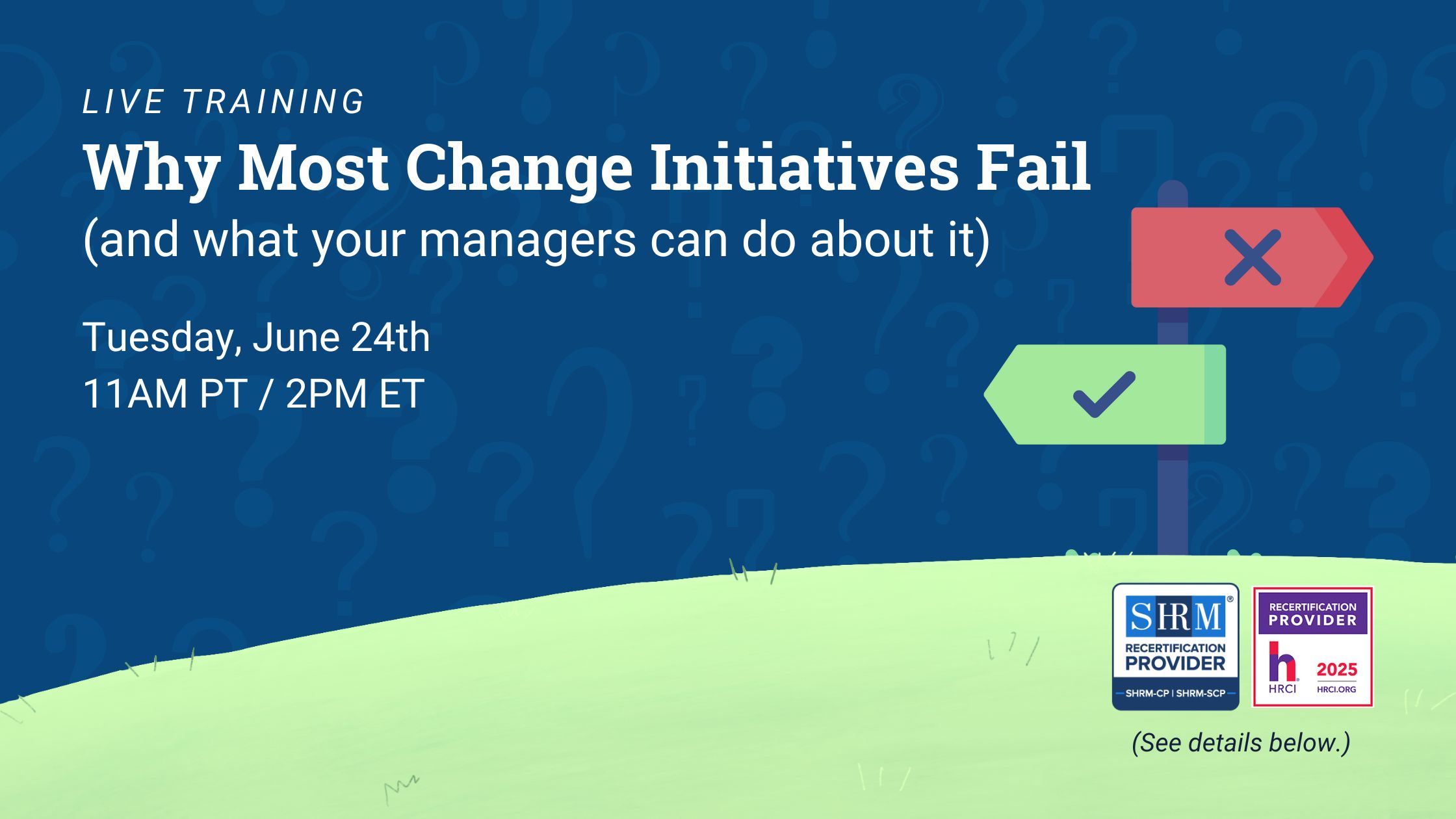How Much Does Outplacement Cost?
As with any benefit human resource professionals consider for their organizations, the cost of outplacement services is a significant factor in their decision-making process. Outplacement, a service offered to departing employees to assist with their career transition, has prices that vary widely across vendors for many reasons. It’s essential to know the factors that go into program pricing so that you can fairly and accurately compare the amounts. For example, programs come in different durations, with varying flexibility and customization, and either inclusive of features or with additional costs for necessary elements of the service. As a result, costs can range from $100-$10,000+, depending on the quality of services and comprehensiveness of features included. In this article, we delve into the most frequently used types of outplacement as well as the factors that influence their pricing.
Having trouble comparing outplacement programs? Download the checklist.
Types of Outplacement
Outplacement for executives
Executive outplacement cost is higher than other types of outplacement, usually between $2,500 and $10,000+.. The greater cost is because these programs are the most personalized and often last longer than others due to the extended job search and interview processes for an executive going through a career transition. They usually include a specialized executive coach who is matched to the industry and role of the executive and who facilitates not only multiple, customized versions of resumes but also target company research, executive bios, and onboarding coaching once the new role has been secured. Executives generally expect to receive the white-glove service they would get in other professional scenarios and benefit from the knowledge and background of an expert executive coach who can make recommendations and be a sounding board for these senior-level job seekers.
Outplacement for experienced professionals
Experienced professionals, such as mid-career workers, managers, and department heads benefit from outplacement programs that offer dedicated, one-on-one career coaching, resume reviews, help with setting up job searches, interview preparation, and salary negotiation guidance. Individuals falling into this category may have never before lost employment or may not have conducted a job search in a while, and may need some hand-holding to get through the stress and uncertainty of their career transitions and to get up-to-speed on best practices for the application and interview processes. They may be looking for a role within the same industry, for a similar role in a different sector, or to switch career paths altogether. Career coaches with experience helping people in the same or comparable roles and industries can help assess strengths and weaknesses, preferences, and possibilities to guide them to their next most satisfying career move. They can make recommendations for navigating the more challenging aspects of a job search and provide guidance for making the best impression in social media branding, when networking, in job search materials, and during interviews. These programs can cost anywhere from hundreds to thousands of dollars depending on multiple factors as listed in the “4 Factors” below.
Outplacement for non-managerial contributors
Those in non-managerial roles come from different demographics. Some are entry-level workers with brief resumes. Others may have been in the same role or with the same employer for an extended period. An outplacement service for these employees will need to be flexible enough to meet the needs of this range of job levels and job search experience. For this group, outplacement costs will often include a job search platform with features such as self-assessments, online guides and workshops, resume builders, and more. These individuals can benefit from guidance from a career coach, whether for spur-of-the-moment questions that arise due to inexperience with the job search process or for prepping for an interview or negotiating an offer. Being able to speak with a helpful human can be reassuring when taking steps that will affect the next period of their professional lives. Programs for these workers can cost as little as a couple hundred for a basic platform without coaching or with AI coaching to several hundred, depending on a number of elements as described below.

4 Factors That Influence Outplacement Cost
1. Type and amount of coaching
Understanding the type of coaching being offered and how much of it your impacted employee will receive is helpful when evaluating outplacement costs. For example, some programs provide standardized coaching that does not consider the individual job seeker’s job level, experience, industry, role, interests, strengths, and skill gaps that are vital to incorporating into a job search strategy. Meanwhile, others take a holistic approach to coaching, considering not only each of those items but also the individual’s physical, emotional, and financial states that may influence their career transition and the choices they make that will help them land an ultimately satisfying new role. Still others are not human at all but rather artificial intelligence, using algorithms and machine learning to offer advice.
Once you understand how much and what type of coaching is included in the price of the program, you’ll need to comprehend the vendor’s policy about time constraints set for coaches. Some providers force coaches to adhere to strict coaching time limits, while others offer unlimited hours of coaching without time caps. Asking about these differences will help you be sure you know what you’re paying for.
2. Feature inclusivity
Coaching is the most valuable piece of an outplacement program. Because (as mentioned above) some vendors limit the number of coaching hours a participant can use, those providers may charge extra for additional hours or price their programs according to the number of hours offered. Meanwhile, other vendors may offer unlimited coaching hours as a core benefit of the program, and therefore may not list coaching as a separate feature. At the other end of the spectrum, some providers may not include coaching as part of the program at all. In that case, a technology platform with job-search resources (included with most modern outplacement services) makes up the bulk (or all) of the service. This platform may include a job search board, assessments, and resources to help with networking, personal branding, interview skills, job offer negotiation, and more. For those services that include coaching, coaches are able to help individuals get the greatest benefit from the platform’s resources, guiding them to the ones that would be most beneficial, and reviewing assessments and resumes.
Some vendors may offer live coaching webinars at an extra cost, while others provide them for free. Some may include coaching assistance for onboarding as part of the career transition experience, and other providers may ask you to pay additional fees for this service or not offer it at all. Getting an itemized list of features and services included in the price will help you accurately compare the programs’ costs.
3. Program flexibility and accessibility
When comparing outplacement costs, you will want to be sure that what you’re paying for will be useful and available when your impacted employees need it. After all, a service that isn’t flexible enough to meet the needs of each individual or isn’t available when needed won’t be worthwhile, no matter what it costs. Will they be able to access coaching on the weekends? Can they get the help of a coach at the click of a button, or do they need to schedule a session to get guidance? Some providers offer career coaching seven days a week (helpful for those needing to prep for a Monday interview or for feedback on a job offer that came in late on a Friday), while others only offer it Monday through Friday. In some programs, job seekers are limited to a set number of coaching sessions on certain days and times when their coach is available, and their coach may have so many coachees that it’s challenging to get an appointment. Others may allow individuals to meet with their coach as often as they need to and also offer a way to contact a coach on-demand to get help whenever needed. Some may only allow job seekers to reach their coaches by email or phone, while others may enable sessions by video. Each of these factors is worth weighing when considering the pricing of different services.
4. Program duration
Different people require not only individualized support but also varying amounts of it. Those in non-managerial roles may need less time to find new work than a senior executive. Of course, as mentioned above, a 3-month program from one provider may include more support than one of the same duration from another. Once you understand what features are included in the programs, look at the lengths of each program, which can span anywhere from 1-12 months or more. In order to be effective and meaningful, you’ll want to provide a minimum of 3-6 months; 9-12 months for executives.

Outplacement Cost FAQs
What services are included in the cost of outplacement?
Outplacement is usually made up of some form of career coaching, assistance with resume writing, and a technology platform with a job board and resources for social media branding, networking, interviewing, salary negotiation, and more. These can include builders, workshops, webinars, and guides. Some vendors will choose to itemize the features in their pricing, while others may include all within the program’s cost.
How much coaching will my employees receive from the outplacement program I choose?
The amount of coaching included in an outplacement program varies widely depending on the program’s duration and the provider’s approach to coaching delivery. Some outplacement providers include a set number of coaching hours for participants to use each week or month, while other vendors may offer unlimited hours of coaching for the length of the service. Ask the provider how many sessions your service includes and whether there are any time caps on each session to clearly understand how much coaching you will be entitled to with your program.
How often can participants utilize these services?
Most outplacement providers allow you to access the technology platform as often as you’d like for the duration of your program. Parameters are often placed on how frequently you can use the career coaching benefits. Programs may limit coaching hours to a specific number per week or month. Other programs may offer unlimited coaching sessions at unrestricted durations.
Layoffs? Be sure to support remaining employees. Consider these 4 key areas.
Conclusion
High-quality outplacement programs offer the flexibility, availability, and human touch needed during challenging periods of unemployment. Empathetic coaches give the support individuals need to make successful transitions to new employment. A cost-effective outplacement solution offers expert coaching and resources for every level of an organization, from entry-level to C-suite, that guides job seekers to find meaningful work quickly. Understanding what is included in the outplacement costs you are evaluating is essential to making an educated choice.
INTOO offers flexible, scalable, outplacement programs suitable for every member of your organization in the US and around the world. INTOO’s outplacement pricing overview offers details on what’s included in our services. For information on how unlimited coaching from caring experts can add value to your company, contact INTOO today.
Robyn Kern is a seasoned business writer who has written in the HR, education, technology, and nonprofit spaces. She writes about topics including outplacement, layoffs, career development, internal mobility, candidate experience, succession planning, talent acquisition, and more, with the goal of surfacing workforce trends and educating the HR community on these key topics. Her work has been featured on hrforhr.org and trainingindustry.com.











